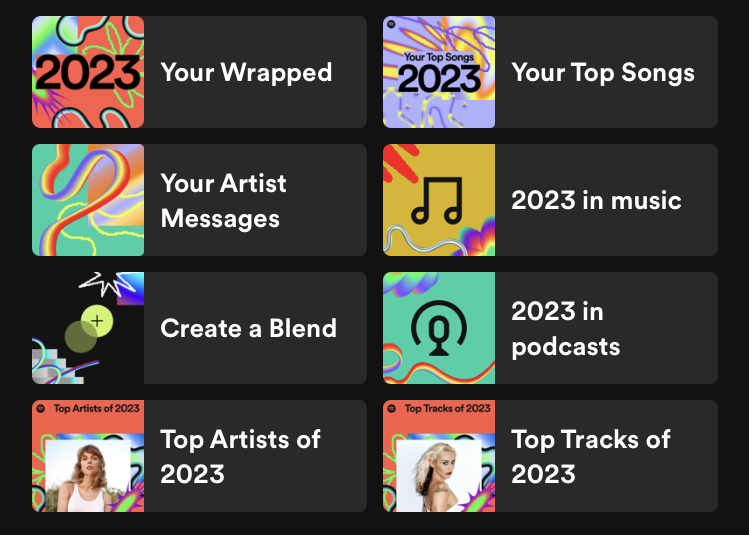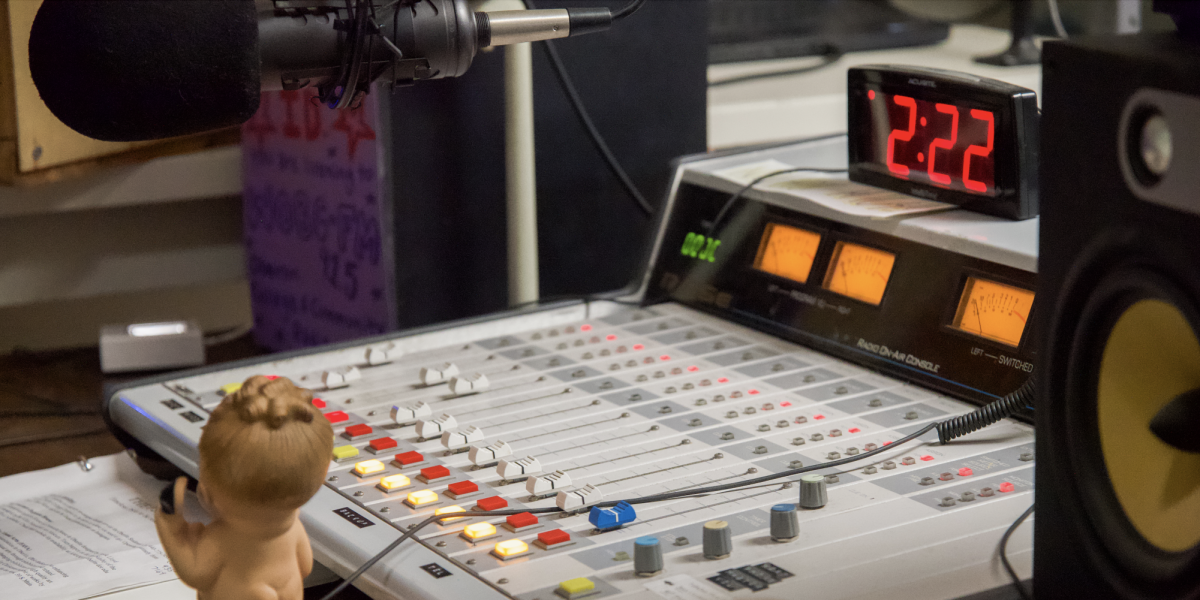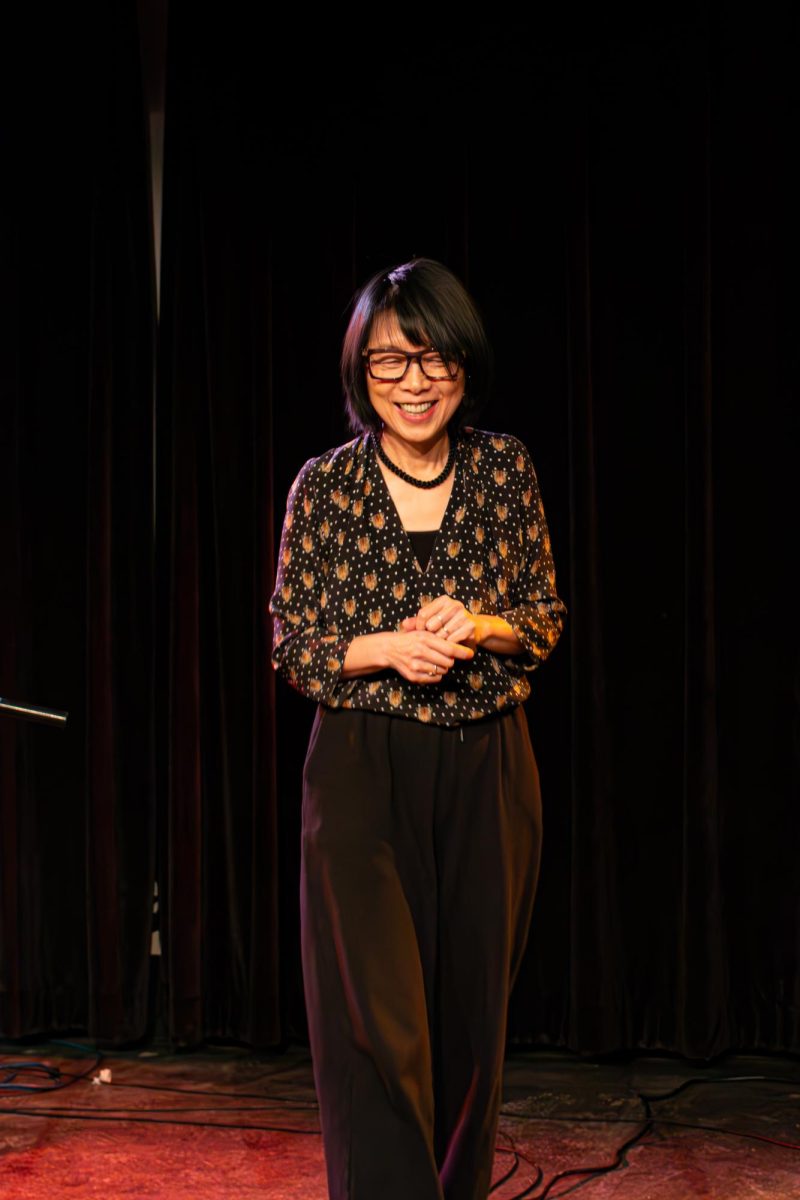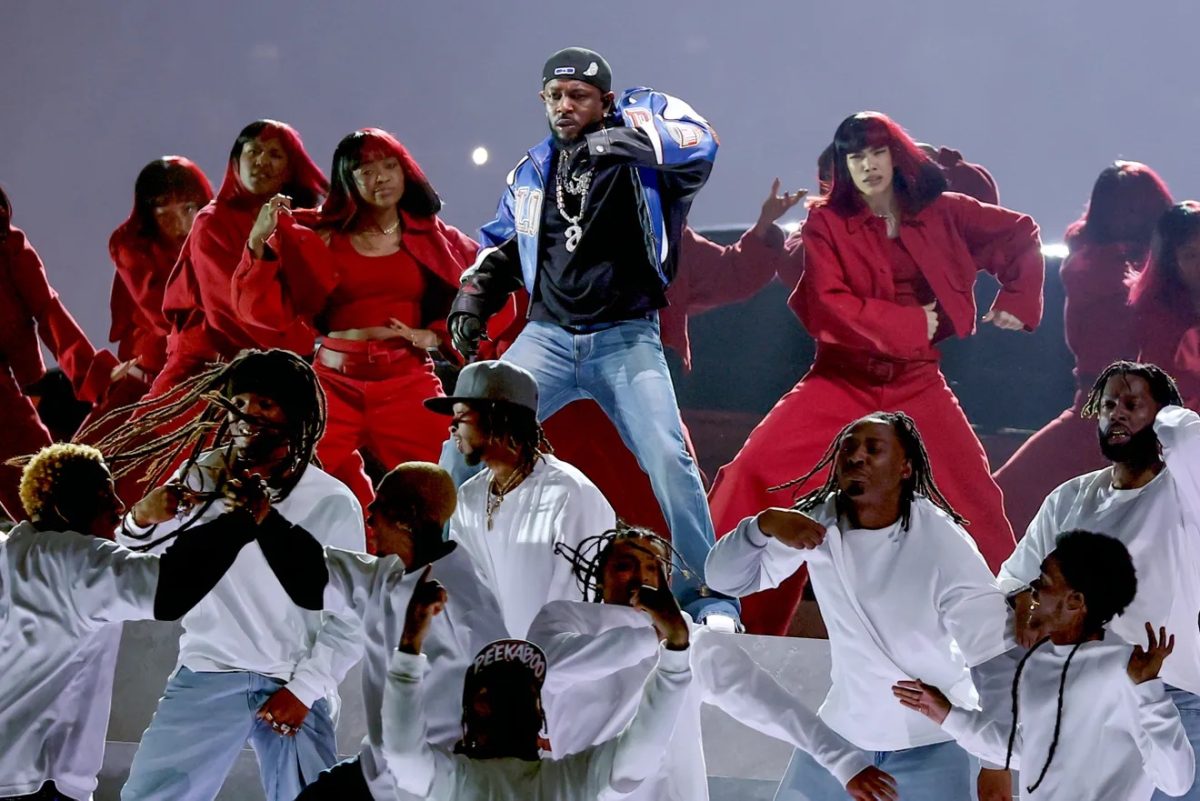Many people, including myself, woke up on Wednesday morning to find this year’s Spotify Wrapped available on their phone. If you’re an avid music listener like me, this was quite exciting. There is something thrilling about seeing all sorts of statistics about your music listening lined up next to each other. Spotify Wrapped shows your top artists, songs, how many minutes you’ve listened to music over the year, and other fun facts. For instance, this year there was a feature that compared one’s own music taste to a city that had similar taste.
The first thing I did after I got my Spotify Wrapped report for this year was to share it on my Instagram account. Scrolling through others’ stories throughout the day, it seemed that many did the exact same thing. In the past, I’ve heard people reference this outpouring of posts about other people’s music as “annoying.” But who really cares anyway, right?
There is something special about Spotify Wrapped. While on the surface it is wholly individual, specifically tailored to each unique listener, it does something larger at its core. The ultimate effect of Spotify Wrapped is connection.
When one looks at the history of music — not of musicians or music trends, but the technology surrounding it — it used to be an inherently social event. Music existed before the capability to record, making it something that could only be known and heard by being present at its origin. Then, in the late 19th century, audio recording was invented. By the early 1890s, an early version of the vinyl records we think of today was marketed to the public. Once this became a widely accessible technology, it was suddenly possible for individuals to listen to music on their own terms. However, it wasn’t until 1958 that stereo headphones were invented. That’s almost 70 years where music listeners could own and listen to music only by playing it aloud. The popularization of smartphones and earbuds changed everything. Headphones, earbuds, and the newest Bluetooth Airpods allow one to hear music privately.
A while ago I read some of Marshall McLuhan’s book Understanding Media: The Extensions of Man, specifically the chapter called “The Medium is the Message.” I’m no philosophy buff, but what I gathered is that McLuhan believes that the way we consume media, as in the form of it, has its own message. He specifies the difference between media and content — for instance, a television program is content that is broadcasted by a medium, the medium is the television itself. While the message of content is often obvious, the message inherent to the medium can be a bit more nuanced.
As a way in which we consume media, headphones have a message, which I take to be that audio is individual and personal. It is now possible for four people to be riding in a car together, and all of them to be listening to their own unique soundtrack. Something about that just feels wrong to me.
Is art not created to be shared? Is it not for the purpose of portraying a collective sentiment, or inviting different interpretations? Sure, lots of people can listen to the same music. But the technologies that exist allow us to isolate ourselves into our own island, rather than listening to music together, as music was originally meant to be listened to.
Though I certainly think technology and social media have their merits, they have inherently changed the way in which we consume content and interact with others. Much of our consumption is separate from each other; while we can like and comment and upvote and retweet, when it comes down to it we are sitting behind the screen by ourselves. It can be lonely.
What the multitude of shares of Spotify Wrapped tells me is that people want to spread their favorite music. People want to be known for what they love. Spotify Wrapped provides a fun, concise, easy way to share just that. Maybe if we stopped writing off these posts as self-centered, we could see how people use art to identify themselves. It is so deeply human to want to be known and understood. What better way to know someone than to listen to their most streamed song, the song that made them feel heard?














